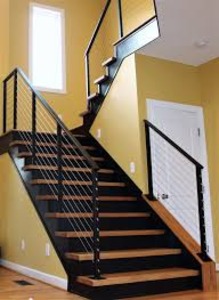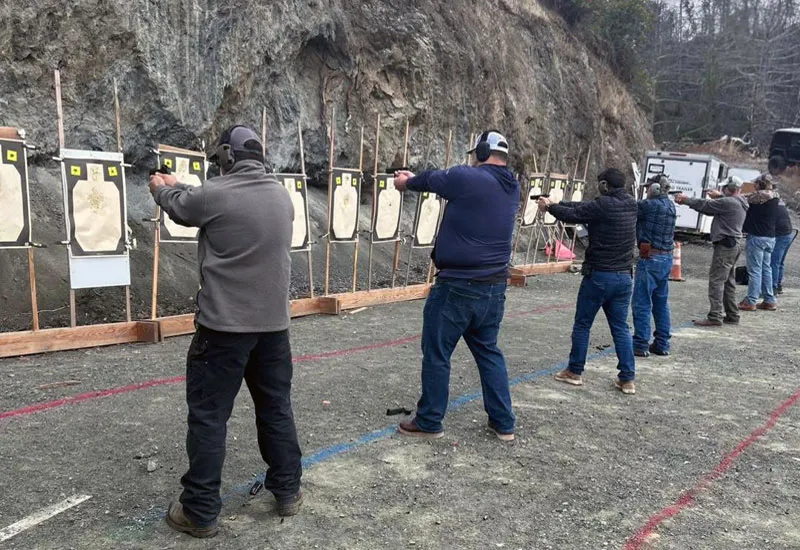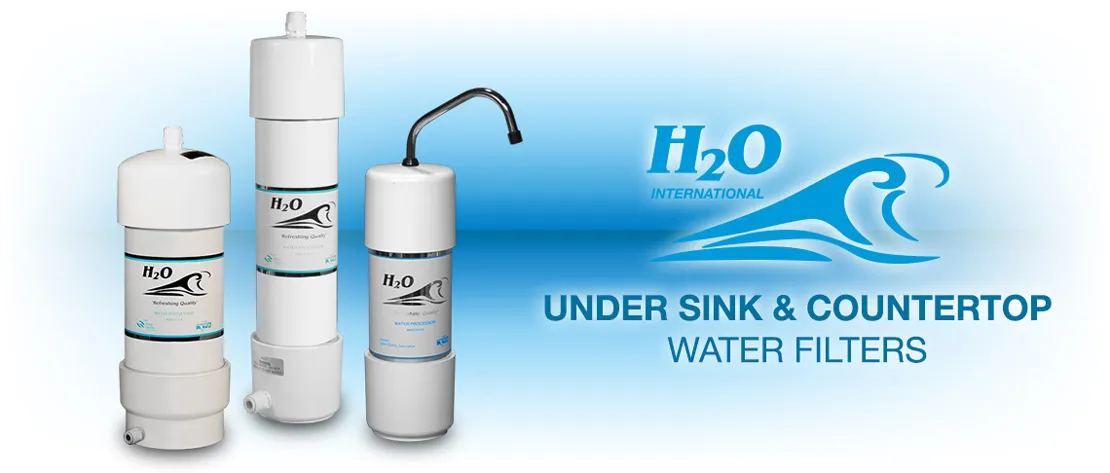Home repair or new construction, finding an appropriate rail system can quite likely make a huge difference in visual beauty, security, and even functional space usage. Amongst all the innovative railing solutions existing today, cable railing systems have proven to be a designer’s, architect’s, and also a home owner’s best solution for constructing residences and commercial real estate. Cable railing systems bear a clean and modern look, which can provide a match with most architectural design types without comprising strength as well as being relatively low maintenance requirements.
What Is a Cable Railing System?
A cable railing system is horizontal or vertical stainless steel cable that runs through posts, where they replace metal or wood balusters. Because there are no visual impediments, cable railing is ideal for use on balconies, decks, porches, stairs, and patios. Most commonly used for beach or contemporary design, cable railing is beloved for its crisp lines, reduced visual impact, and durability.
Stainless steel is the material of choice for cable railings because it resists rust and corrosion, especially in outdoor settings. Whether you’re looking to upgrade your interior staircase or give your backyard deck a facelift, cable railings offer versatility and long-lasting performance.
Benefits of Cable Railing Systems
- Unobstructed Views
One of the greatest advantages of cable rail systems is that they can preserve beautiful views. In contrast to thick wood or metal pickets, cables have a translucent effect that is perfect for spaces with views of landscapes, ocean vistas, or gardens. - Durability and Strength
Constructed of marine-grade stainless steel, cable railings are extremely durable and resistant to severe weather conditions. This is one of the primary reasons they are especially well-liked in regions that receive heavy rain, salt environments, or snow. - Low Maintenance
Cable rail systems are extremely low maintenance. A quick wipe down with a damp cloth and occasional tension adjustment are usually all it takes to keep them in like-new condition for years to come. - Code Compliance
Part of their contemporary look, cable railings are all code compliant as long as they are installed according to spec. They provide excellent security without the visibility, which is perfect for those families who must keep a close eye on children and pets. - Contemporary Curb Appeal
Home owners and builders will adore cable railings because they coordinate with contemporary sensibilities. Cable railings will adapt to wood, metal, or composite frame so you can have the look change to match your room.
The Best Product for Outdoor Stair Railings
Not only do cable railing systems look great, but they are also high-performance systems for use outdoors. Perhaps the most common use is on exterior stair railings. Exterior railings take a tougher pounding than interior systems since they are exposed to the elements in the form of rain, sunlight, and temperature shifts. Fortunately, stainless steel cable systems are able to withstand it with ease.
Outdoor stairs are dangerous, especially when rainy or icy. Cable railings do reduce these dangers and provide style to the look of your stairway. They create a secure, stable railing without enclosing the space. In addition, most systems are available in a range of options to personalize with LED lights, powder-coated posts, or wood handrails, so you can have style and safety outdoors.
No matter what you’re decking–a front porch, garden stairs, or a multi-story deck–cable railing systems are an intelligent, innovative solution to exterior stair applications.
Installation Options and Flexibility
There are a number of installation options for cable railings depending on your design and structural needs. You can utilize either:
Surface-mount posts: Installed directly on top of the deck or stairs.
Fascia-mount posts: Placed alongside the building to maximize walking area.
Wood or metal frames: Depending on whether you are after a rural or modern appearance.
Most manufacturers offer DIY kits, but one should consider having professionals install multi-level or extensive projects to guarantee that the cables are tightly tensioned and the arrangement meets local building codes.
Maintenance Tips for Long-Lasting Performance
Although cable railing systems are maintenance-free, a few simple steps can be adopted to ensure they last as long as possible:
Inspection Frequency: Cable tension must be inspected at regular intervals of 6–12 months.
Cleaning: Soap and water or stainless-steel cleaner can be employed to wash away dirt and grime.
Coating: Coat your posts (especially if they’re aluminum or painted) to safeguard against UV degradation and corrosion.
Cable railing systems are also eco-friendly. Stainless steel is recyclable to the tune of 100%, and recycled materials are used by most manufacturers in their products. Although the initial cost is higher than conventional railings, the long-term benefits—less maintenance, less repair, and greater durability—make them a cost-effective choice in the long run.
Conclusion
Whether you are building a new home, renovating a deck, or installing your exterior stair railings, cable railing systems offer an up-to-date solution that is not weakened by compromise on strength or safety. With their sleek appearance, durability, and adaptability to accommodate most design plans, they are the best option for architects, contractors, and homeowners.
Invest in a railing system that opens up your space, lasts for ages, and lets your view be the star—choose cable railings for a smarter, style-ahead future.




